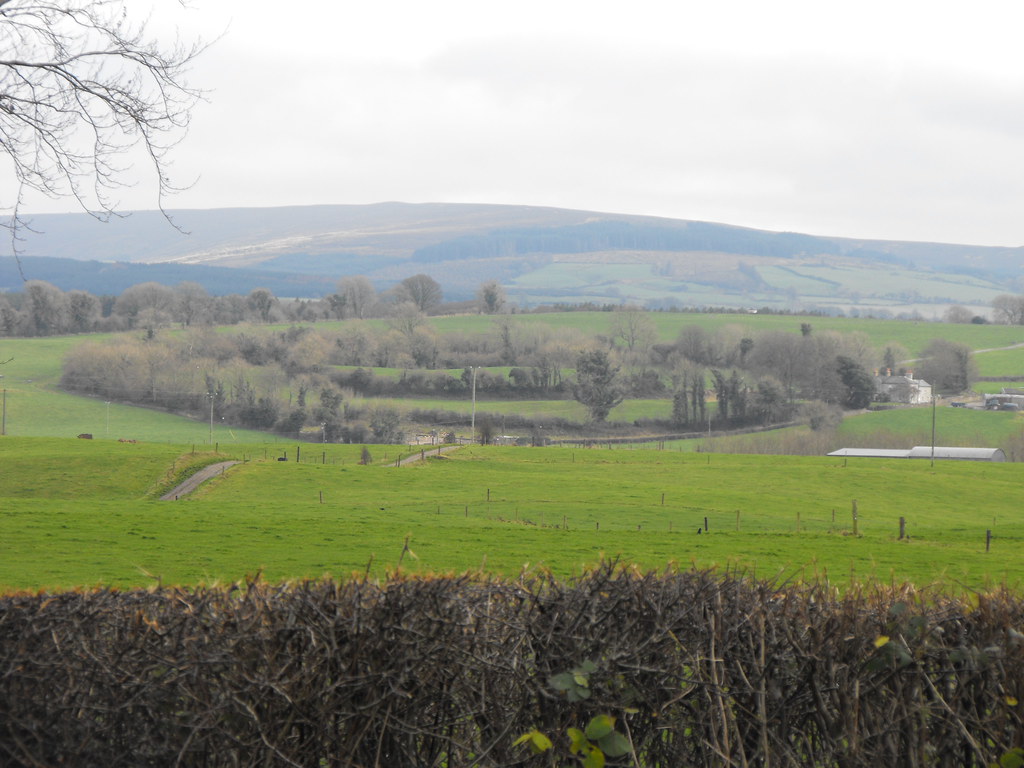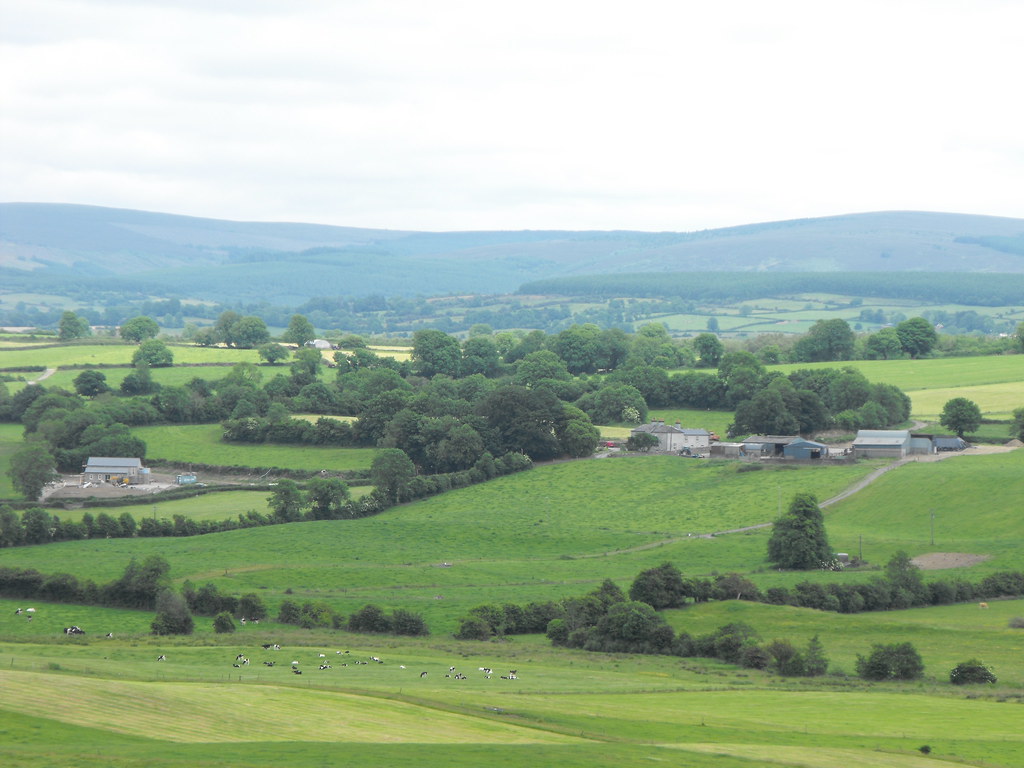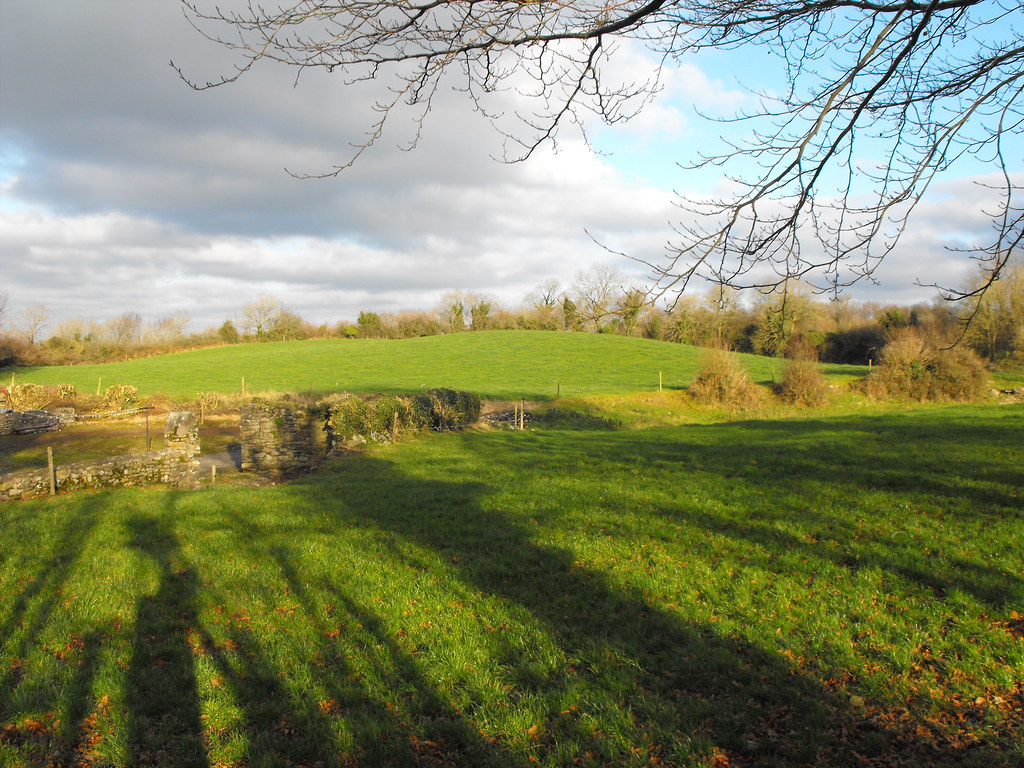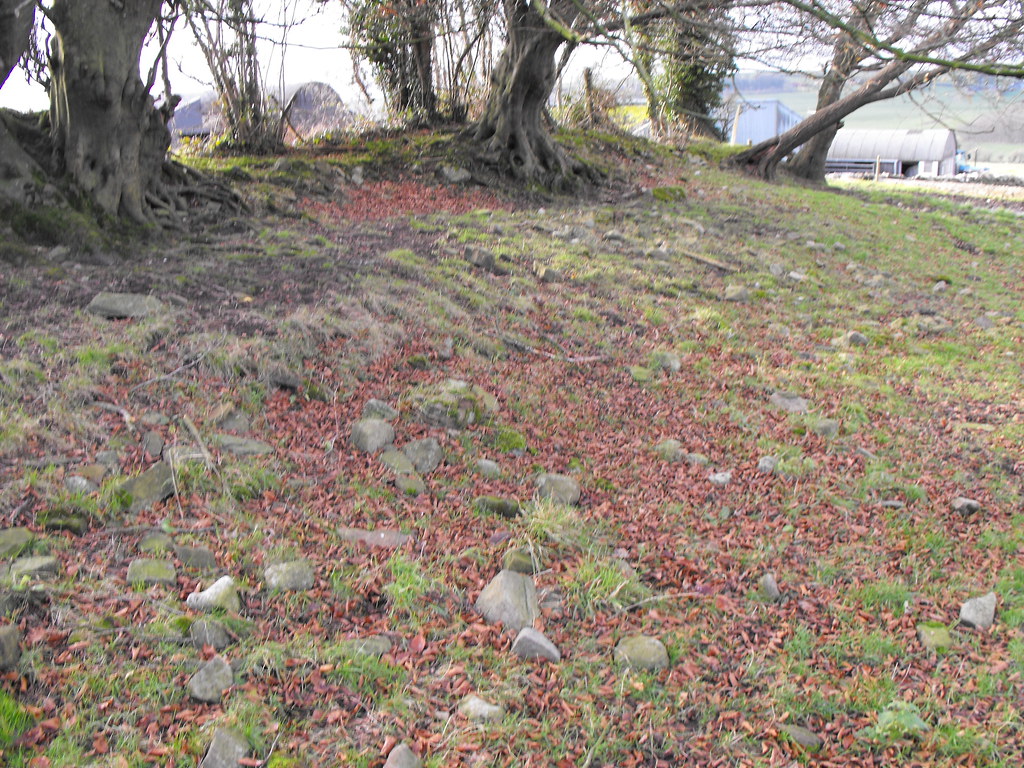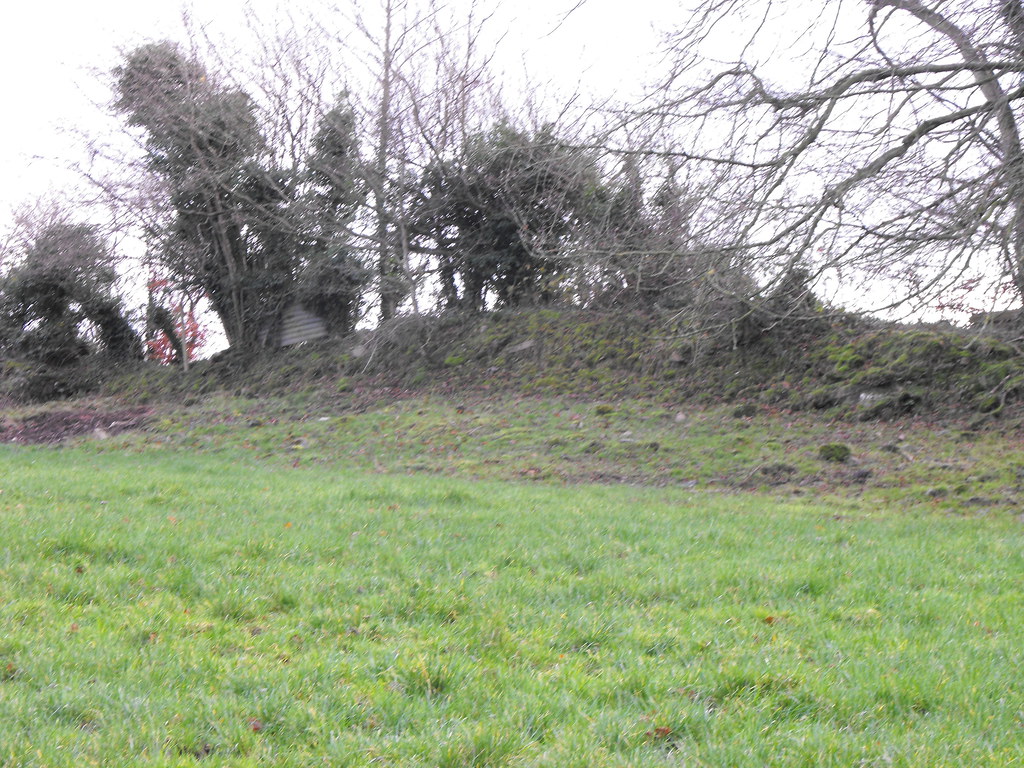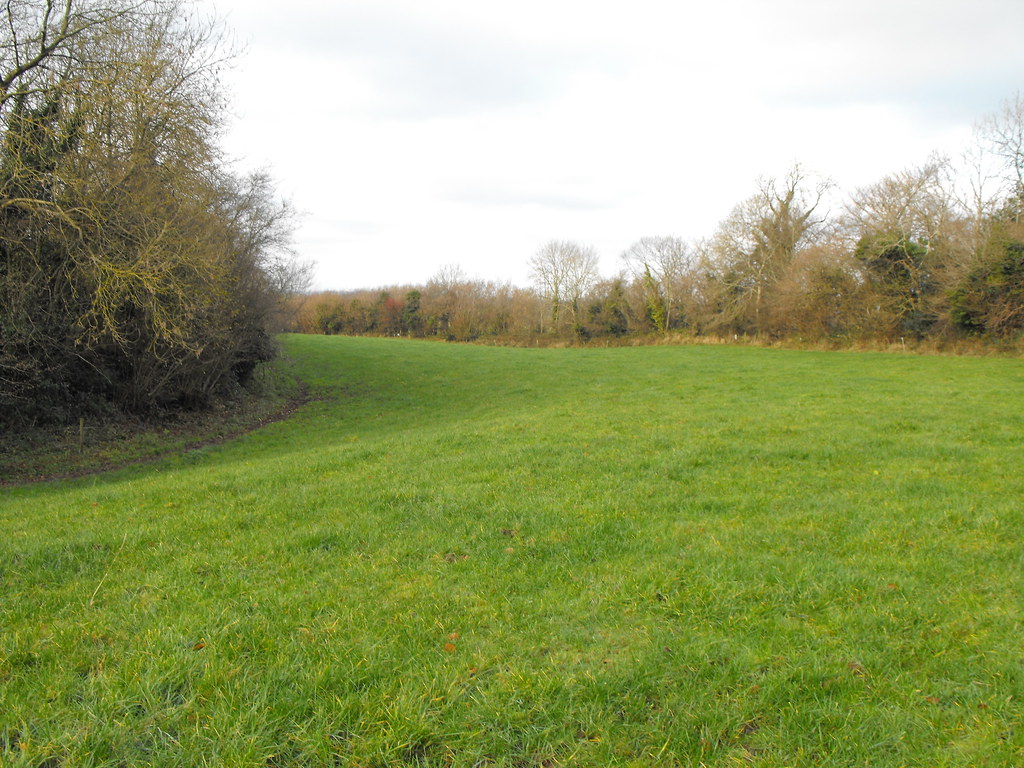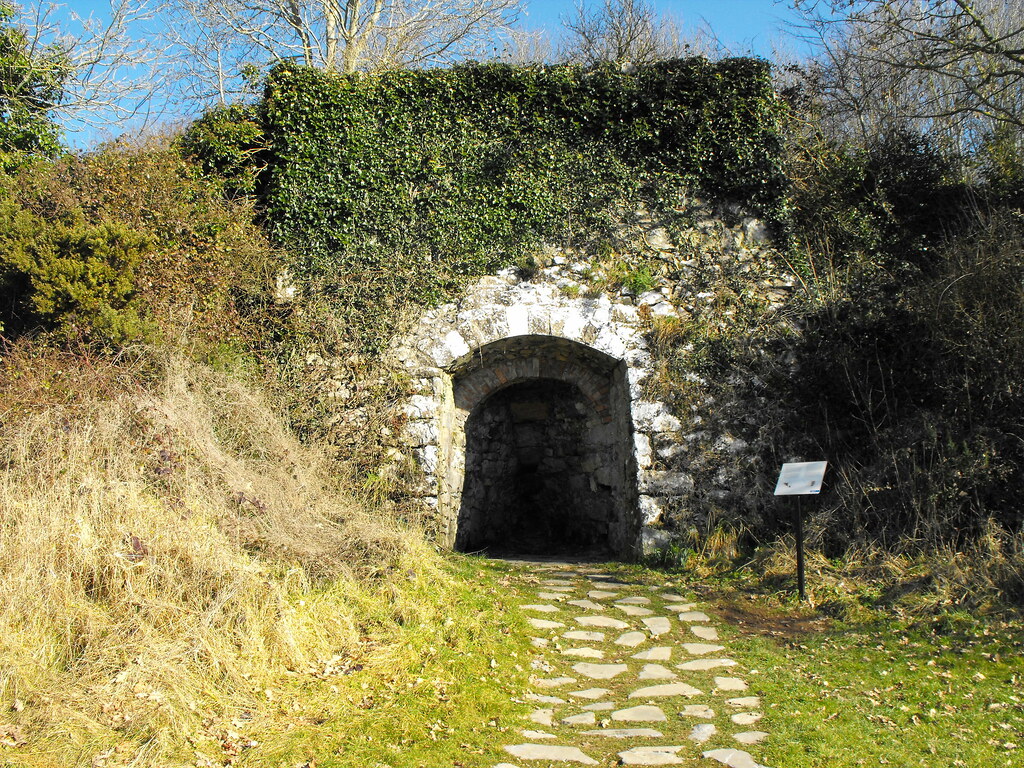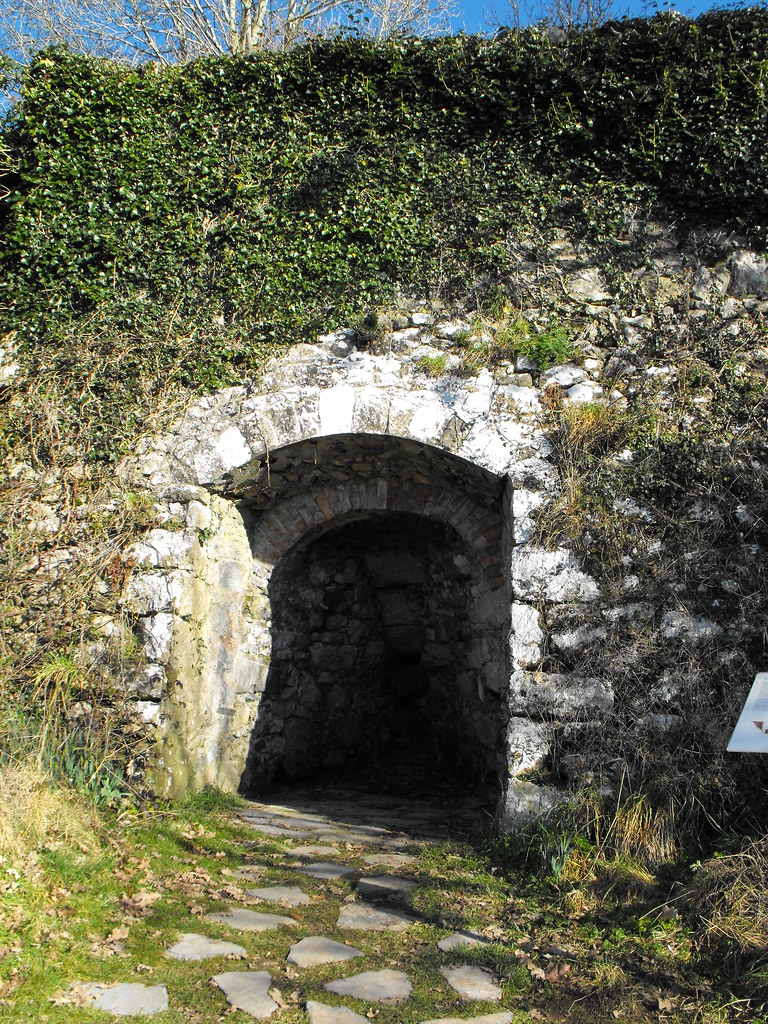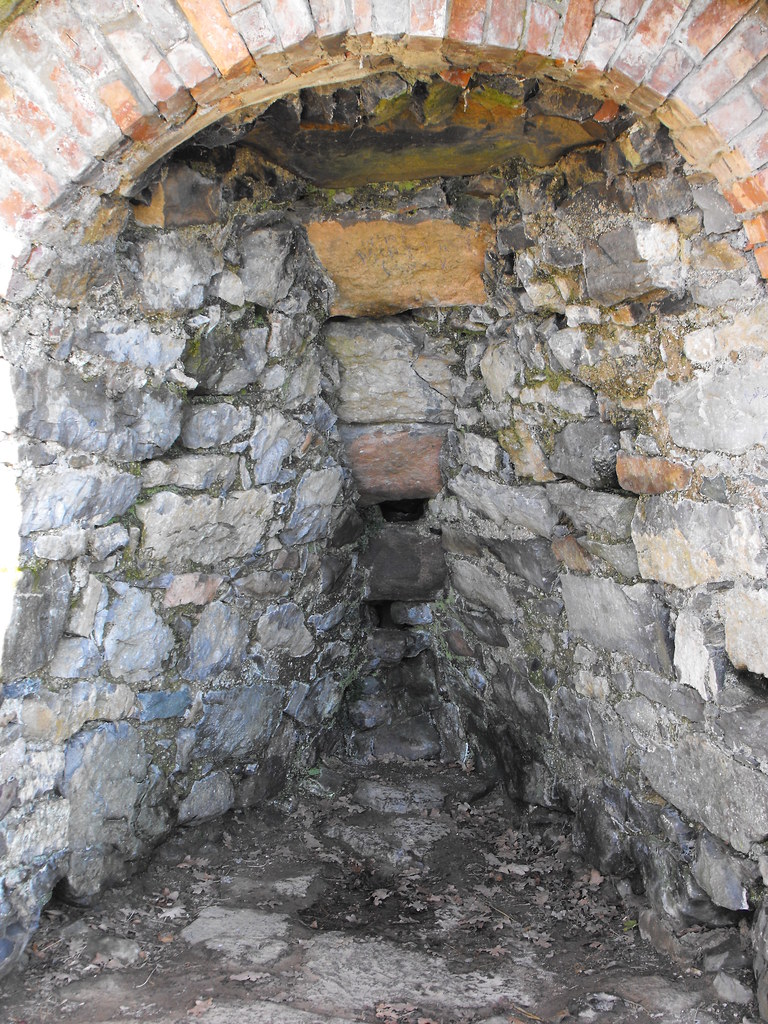This ancient royal complex is truly immense and has well over 200 archaeological sites in a 4 mile radius and in one day I only got to a handful. The reason for my visit to Rathcroghan was for the Megalithomania.com Megameet. I had met some of the group before but it was great to meet people I had known from the Megalithomania.com forums and bounce around a few ideas. We had a fantastic day and got to see some of the main site of Rathcroghan. Thanks to Tom FourWinds for all his organisation to get everyone together...it must have been like herding cats. Anyway, back to the sites.
Rathcroghan was the seat of the kings of Connacht and home to the legendary Queen Maeve, the nemesis of CuChulainn. All the sites here are re-Norman in date and were built by the Celts who arrived in Ireland around 300BC. This site is comparable with Tara in Co. Meath in size and stature and over time I will get to as many of these sites as possible.
The site is very important in Irish mythology as said above and highly connected to the festival of Samhain (Halloween) when the spirits of the dead and the Irish gods and goddesses are said to roam the earth.
Click below to read and view pictures of the sites.
Rath Cruachan, Mound.
Mileen Meva, Standing Stone.
Misgaun Meva, Standing Stone.
Rathmore, Mound.
Rathbeg, Ring-Barrow.
Rathnadarve, Ring-Barrow.
Oweynagat, Souterrain.
Relignaree, Rath and Souterrain.
Dathi’s Stone and Mound.

